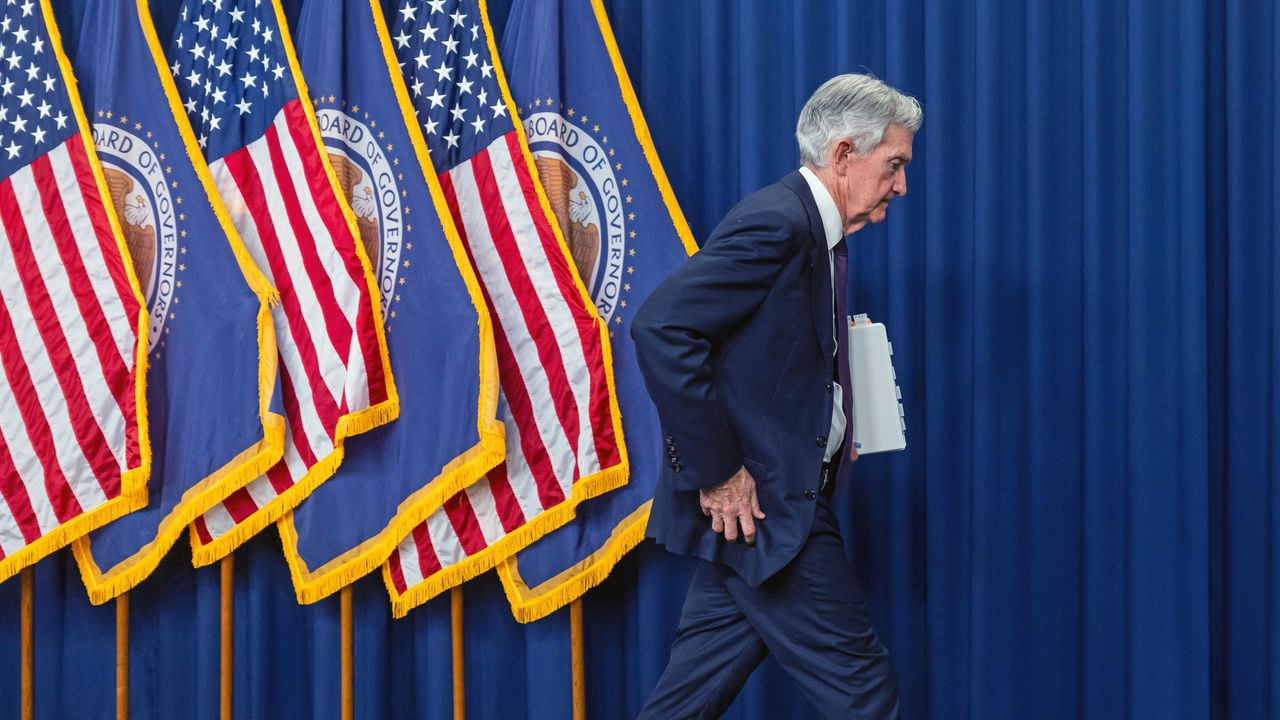How Inflation Is Shaping the U.S. Economy in 2025

Inflation remains one of the most pressing economic issues facing the United States in 2025. From rising prices at the grocery store to the cost of borrowing money, inflation influences nearly every aspect of daily life. Understanding what drives inflation, how policymakers respond, and what it means for both consumers and businesses is essential in navigating this challenging landscape.
What Is Inflation and Why Does It Matter?
Inflation measures how much prices increase over time. When inflation is moderate, it often signals a growing economy. But when prices rise too rapidly, people's purchasing power drops, making everyday goods and services less affordable. For households, this can mean higher costs for essentials like food, gas, and housing.
Central banks, like the Federal Reserve, aim to keep inflation at healthy levels—often around 2%. Too much inflation can erode savings, while too little can signal stagnation.
Inflation Pressures in 2025: Causes and Challenges
Several factors continue to drive inflation in 2025. Recent changes in trade policy, tariffs, and shifts in global supply chains have all contributed to fluctuating prices. According to NBC News, tariffs imposed by President Trump have added uncertainty, forcing the Federal Reserve into a tough balancing act between controlling inflation and supporting jobs.
The central bank has kept interest rates steady for three consecutive meetings. This wait-and-see approach reflects the complex dilemma policymakers face—raising rates could curb inflation but hurt employment, while lowering them might fuel further price increases.
The Federal Reserve’s Role and Policy Dilemma
Recent months have seen the Federal Reserve under immense political pressure to lower interest rates. Despite this, Chair Jerome Powell has signaled a commitment to data-driven decisions, emphasizing the need to balance risks. As highlighted by The Economist, uncertainty about the effects of tariffs and global economic shifts has made the Fed’s job even more challenging.
The risk of stagflation—a period marked by both high inflation and rising unemployment—has returned to the public discourse. This scenario places policymakers in a no-win situation: supporting job growth could push inflation higher, while strict controls on prices could slow the economy and cost jobs.
How Inflation Impacts Consumers and Businesses
For everyday Americans, persistent inflation means that paychecks don't stretch as far as they once did. Businesses, faced with higher costs for materials and wages, may pass those increases on to customers or cut back on hiring. This creates a feedback loop that can keep upward pressure on prices.
Yet, the labor market remains strong according to the latest data. Unemployment is still low compared to historical averages, but many economists caution that continued uncertainty could change that outlook quickly.
Looking Ahead: What Can We Expect?
The path of inflation in the coming months remains uncertain. Policymakers continue to monitor economic data closely to determine the right course for interest rates and other measures. As consumers and businesses adapt, staying informed about inflation trends will be crucial.
For in-depth analysis, you can read more about the Federal Reserve’s policy choices and current inflation rates at WSJ.com.
Conclusion
Inflation will remain a central issue for the U.S. economy in 2025. The actions of the Federal Reserve, government policy shifts, and global conditions all play a role in shaping the outlook. By understanding these factors, consumers and businesses can better prepare for the changes ahead and make informed decisions about their financial future.